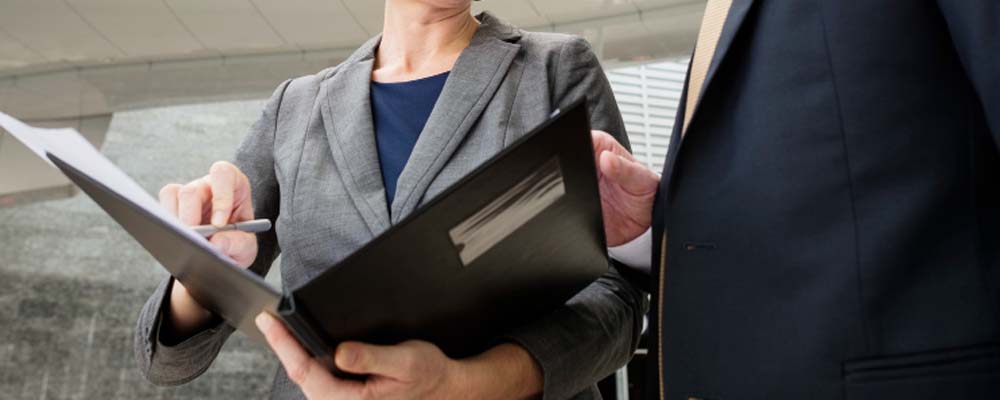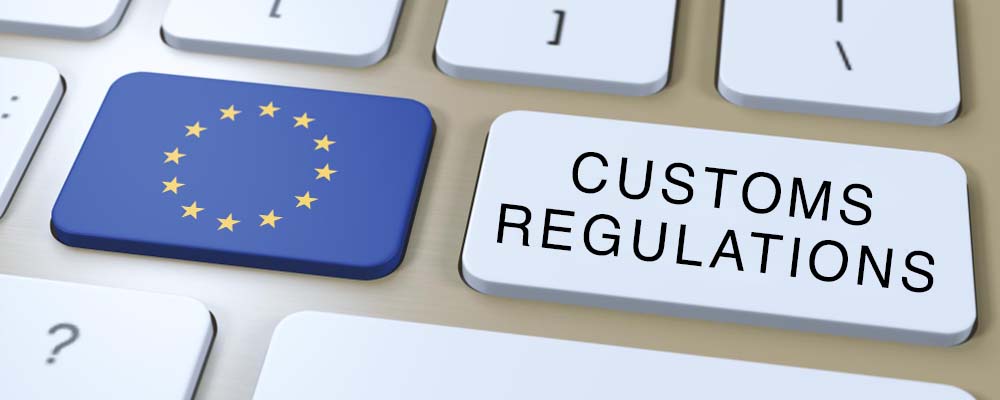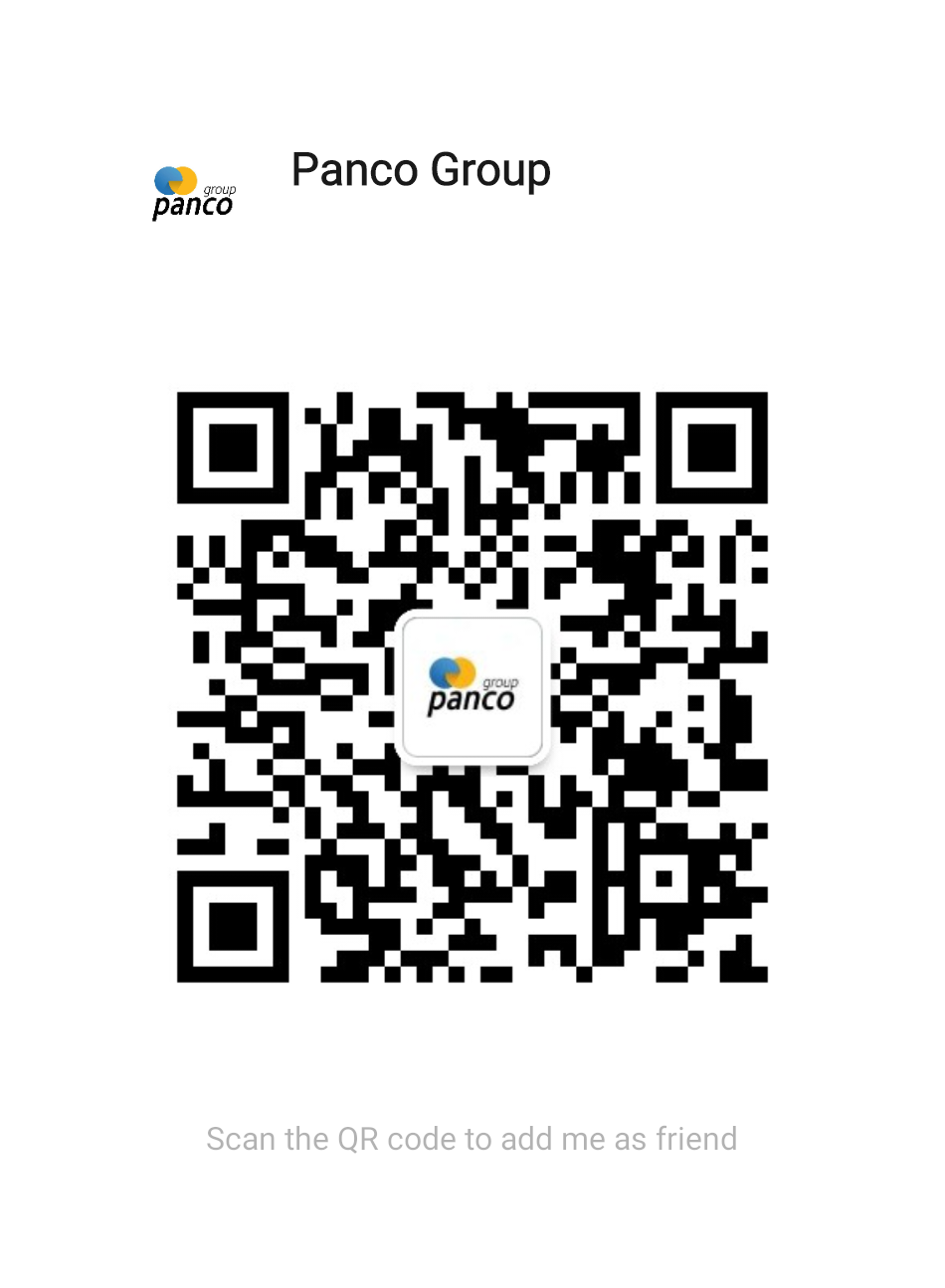
Navigating the complexities of customs regulations in the European Union (EU) is a critical task for freight forwarding companies, logistics providers, importers and exporters, customs brokers, manufacturers, and other stakeholders in the supply chain. With the EU being one of the largest trading blocs in the world, understanding its customs rules can make the difference between seamless trade operations and costly delays or penalties.
This comprehensive guide aims to simplify EU customs regulations, outlining key concepts, requirements, and actionable strategies to ensure compliance and efficiency.
Introduction to EU Customs Regulations
EU customs regulations provide a framework for the movement of goods into, out of, and within the EU. These regulations ensure the proper collection of duties and taxes, protect consumers, and support the EU’s economic policies. For businesses, understanding these rules is essential to maintaining smooth cross-border trade and avoiding unnecessary costs.
Understanding the EU Customs Union
The EU Customs Union is a cornerstone of the EU’s trade policy, ensuring uniformity in customs duties and procedures across member states. It eliminates internal tariffs among EU countries and imposes a common external tariff for goods entering the EU from non-member states.
Key Features:
- Single Customs Territory: Goods move freely within the EU once duties are paid at the point of entry.
- Common External Tariff: A standardized tariff applied to imports from outside the EU.
- Shared Policies: Customs rules are uniformly implemented across all member states.
Key Components of EU Customs Regulations
To effectively navigate EU customs, businesses must understand three critical components: tariff classification, valuation of goods, and rules of origin.
1. Tariff Classification
Tariff classification determines the duties and taxes applicable to imported goods. It is based on the Harmonized System (HS) of codes, an international standard for classifying traded products.
2. Valuation of Goods
The customs value serves as the foundation for determining applicable duties and taxes. The EU primarily uses the transaction value method, which refers to the price paid for the goods, adjusted for factors such as transport and insurance costs.
3. Rules of Origin
Rules of origin determine the economic nationality of a product, which is crucial for preferential trade agreements or determining applicable tariffs.
Customs Procedures in the EU
EU customs procedures are designed to facilitate trade while ensuring compliance with legal requirements. These include:
1. Import Procedures
- Entry Summary Declaration (ENS): Submitted before goods enter the EU to facilitate risk assessment.
- Customs Declaration: Filed at the point of entry to calculate duties and taxes.
2. Export Procedures
- Declaration Requirements: Goods leaving the EU must be accompanied by an export declaration.
- Control Measures: Certain items may be subject to restrictions or necessitate special licenses for export.
3. Special Procedures
The EU offers special customs procedures, including:
- Inward Processing: Allows businesses to import raw materials for processing and re-export without paying duties.
- Customs Warehousing: Enables storage of goods without immediate payment of duties.
- Temporary Admission: Permits temporary importation of goods without full duty payment.
 Essential Documentation for Customs Clearance
Essential Documentation for Customs Clearance
To ensure efficient customs clearance, businesses must prepare accurate and complete documentation. Key documents include:
- Commercial Invoice
- Packing List
- Bill of Lading (BOL) or Air Waybill (AWB)
- Certificate of Origin
- Import/Export Licenses (if applicable)
- Customs Value Declaration
Harmonized System (HS) Codes and Tariff Classifications
The Harmonized System (HS) is vital for determining tariffs and trade policies. Proper HS code classification is essential to avoid incorrect duty assessments and potential penalties.
Tips for HS Code Accuracy:
- Research and Verify: Use the EU’s TARIC database for precise code identification.
- Seek Expert Advice: Consult customs brokers or logistics providers for complex classifications.
- Review Regularly: Update HS codes as product specifications change.
The Role of Technology in Customs Compliance
Technology plays a transformative role in simplifying customs compliance and minimizing errors.
Key Tools:
- Customs Management Software: Streamlines declaration processes.
- Electronic Data Interchange (EDI): Facilitates real-time communication with customs authorities.
- Blockchain Technology: Enhances transparency and traceability in trade.
Benefits:
- Reduced Errors: Automation minimizes manual entry mistakes.
- Faster Processing: Digital submissions accelerate clearance times.
- Improved Accuracy: Integrated systems ensure consistent documentation.
Post-Brexit Customs Regulations: What Has Changed?
The UK’s departure from the EU has introduced significant changes in customs procedures.
Key Impacts:
- Customs Declarations: Required for goods moving between the UK and EU.
- Rules of Origin Compliance: Critical for tariff-free trade under the EU-UK Trade and Cooperation Agreement.
- Increased Documentation: Additional paperwork, such as import/export declarations, is now mandatory.
Businesses trading with the UK must familiarize themselves with these changes to avoid disruptions.
Common Challenges in EU Customs Compliance
Navigating EU customs regulations can be challenging, especially for businesses new to international trade. Common hurdles include:
1. Incorrect Tariff Classification
Using the wrong HS code can result in overpayment of duties or penalties.
2. Missing or Incomplete Documentation
Incomplete paperwork can lead to delays, fines, or confiscation of goods.
3. Non-Compliance with Rules of Origin
Failure to provide proper origin documentation can disqualify goods from preferential tariffs.
4. Lack of Awareness of Regulatory Changes
Staying updated on evolving customs laws and policies is crucial for compliance.
Practical Tips for Ensuring Compliance
To navigate the complexities of EU customs regulations effectively, businesses can adopt the following strategies:
1. Invest in Training
Ensure that your team understands key customs concepts, documentation requirements, and compliance procedures.
2. Leverage Professional Expertise
Engage customs brokers, freight forwarders, or trade consultants to handle complex procedures.
3. Embrace Technology
Adopt customs management software to streamline processes and reduce manual errors.
4. Stay Informed
Regularly monitor updates to EU customs regulations and adapt your practices accordingly.
5. Conduct Regular Audits
Review your customs processes to identify and address potential compliance gaps.
 Conclusion
Conclusion
EU customs regulations are intricate but essential for facilitating smooth and compliant international trade. By understanding the customs framework, leveraging technology, and staying proactive in compliance efforts, logistics providers, importers, and exporters can mitigate risks and ensure seamless operations.
For freight forwarding companies, customs brokers, manufacturers, and e-commerce businesses, mastering these regulations is not just about compliance—it’s about gaining a competitive edge in the global market. With the insights and strategies outlined in this guide, your business can navigate the complexities of EU customs with confidence.
Optimize Your Trade Operations Today!
If you’re looking for tailored advice in handling EU customs regulations, consider partnering with experts who specialize in international trade compliance. Contact us to streamline your processes and unlock new opportunities in the EU market.




 Essential Documentation for Customs Clearance
Essential Documentation for Customs Clearance Conclusion
Conclusion



